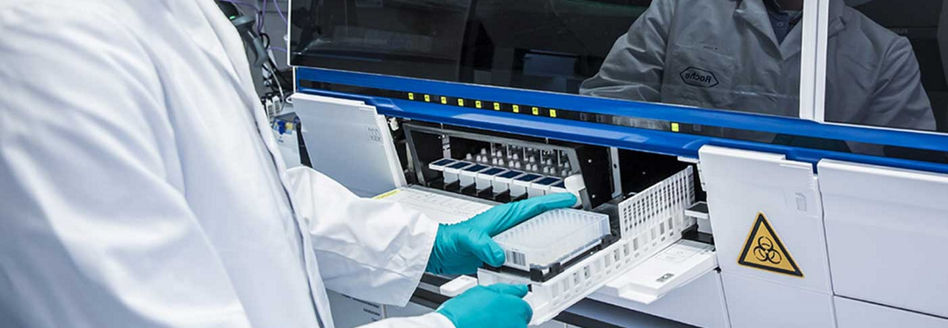Double the number of projects in process development without significantly increasing headcount. Pawel Linke, a lab automation specialist at Roche Pharma, tells the story of how Roche Pharma Research and Early Development (pRED) approached this challenge with a focus on obtaining high quality data through automation and by integrating independent lab systems and devices through a streamlined workflow.
Implementation of high-throughput upstream process development systems requires an orchestrated approach of both hardware and software solutions so that data can be used in-process, enabling efficient development and decision making.
This use case discusses the integration of parallel microbioreactors, robotic liquid handling (with Tecan Fluent), and the Cedex Bio HT Analyzer for bioprocess control as well as the mesh-like middleware that seamlessly manages the data flowing among each of the lab instruments. All of these systems work in harmony to increase the number of therapeutic proteins developed at pRED. With an eye on the future, Roche Pharma seeks to take these learnings and apply them to biologics modalities, such as gene therapy, making this workflow solution a smart path for novel biologics.
Cell culture is at the heart of the production process for many biopharmaceuticals
Finding the optimal conditions to maximize yield can be a complex and time-consuming process. Traditional process development relies on costly and labor-intensive set-ups, significantly limiting throughput and the range of experimental conditions that can be assessed.
Scientists in Roche Pharma Research and Early Development (pRED) have adopted an alternative approach, combining single-use microbioreactors with advanced automation and analytical platforms to streamline the workflow.

